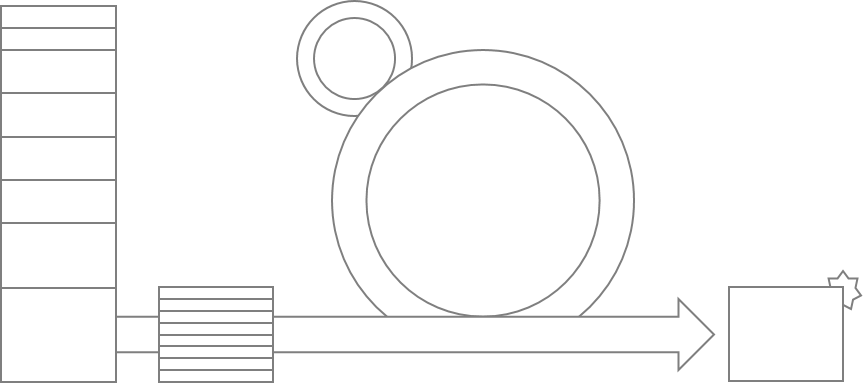What Is: The Sprint

What is a Sprint?
The Sprint, simply put, is a timeboxed container for all of the Scrum Events. This means that when the timebox for any given Sprint ends, the Sprint ends – regardless of the state of the Increment. The Sprint is commonly referred to as the heartbeat of Scrum, or the definition of Scrum Cadence, because a subsequent Sprint begins immediately following the end of the current Sprint. The events within the Sprint define a ‘rhythm’ for the Scrum Team.
Acceptable Sprint Timeboxes
The length of the Sprint is up to the Scrum Team to decide, but there is a maximum. One month is the longest allowable Sprint length. The vast majority of all Sprint lengths are measured in weeks (1, 2, 3, or 4 weeks), though some successful teams have reported using 1 and 3-day Sprint Lengths.
Altering the Length of the Sprint
The length of the Sprint should never be altered, unless that alteration is to become permanent (and is still at or less than 1 month). Permanently altering the Sprint length should be the result of maturing as a Scrum Team, not as a measure to sync up many different Scrum Teams’ cadences.
Cancelling a Sprint
The only person who can cancel a Sprint is the Product Owner (though, the Product Owner could weigh the opinions of the Development Team and the Scrum Master). The Product Owner should only cancel the Sprint if the Sprint Goal has become obsolete. After cancelling a Sprint it is advisable that the Scrum Team immediately hold a Sprint Planning meeting, and begin the next Sprint with an appropriate Sprint Goal.
Cancelling a Sprint is fairly rare. It is traumatic to the team, consumes time, and could upset the rhythm of the Sprinting cadence.

